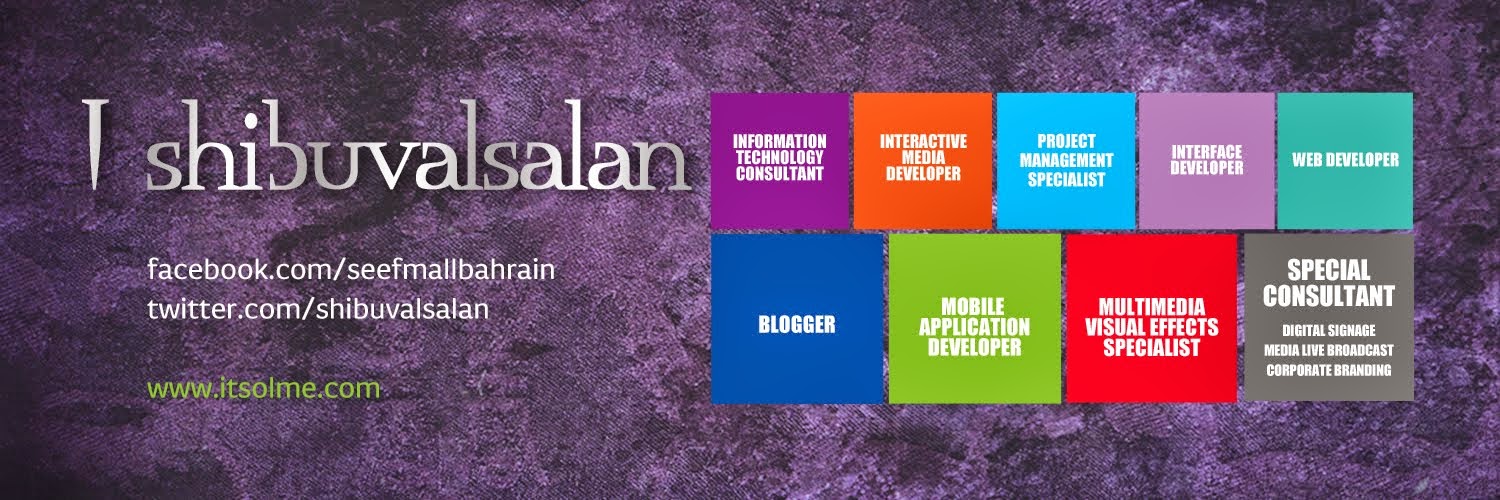My dear Clients and their Art Directors, this is just to scribble- hoping it would give you a clear pictures about the difference between a JPEG file and an open file, (EPS, PDF, AI, etc.) as per my past know-hows with you.
In computing, JPEG is a commonly used method of lossy compression for photographic images. The degree of compression can be adjusted, allowing a selectable trade off between storage size and image quality. JPEG typically achieves 10:1 compression with little perceptible loss in image quality.
JPEG compression is used in a number of image file formats. JPEG/Exif is the most common image format used by digital cameras and other photographic image capture devices; along with JPEG/JFIF, it is the most common format for storing and transmitting photographic images on the World Wide Web [citation needed]. These format variations are often not distinguished, and are simply called JPEG.
So it is clear that JPEG is a condensed form of the actual artwork. The compression method is usually lossy, meaning that some original image information is lost and cannot be restored (possibly affecting image quality.)
There is an optional lossless mode defined in the JPEG standard; however, that mode is not widely supported in products.
There is also an interlaced "Progressive JPEG" format, in which data is compressed in multiple passes of progressively higher detail.
This is ideal for large images that will be displayed while downloading over a slow connection, allowing a reasonable preview after receiving only a portion of the data. However, progressive JPEGs are not as widely supported, and even some software that does support them (such as some versions of Internet Explorer) only displays the image once it has been completely downloaded.
There are also many medical imaging and traffic systems that create and process 12-bit JPEG images, normally grayscale images. The 12-bit JPEG format has been part of the JPEG specification for some time, but again, this format is not as widely supported. Usually it is created for previewing purposes or web applications, but cannot be used for high quality printing until it is converted into the actual dimension of the final print in the recommended resolution.
It will never preserve the color values neither spot or process or any special colors.
So art directors / managers, please keep it mind that you always ask for the high resolution file formats that preserve color values and separation schemes.
Just by a commons sense, please think what happens when a 50 MB EPS file gets converted into a 1 MB JPEG file. This thought is more than enough for clarifying this point here.
An agency knows what it has to do, and the client has always the right to "demand", but only on some "sure shots".
Let the agency take care of your Ads, please don't try to teach them points which are out of your range.
Check it out here: http://twitpic.com/2okvcc . See the graphical illustration of what happens to a file while gets converted into a JPEG from its source.
I think it is abundant to make you understand... Take care and have a nice day.
